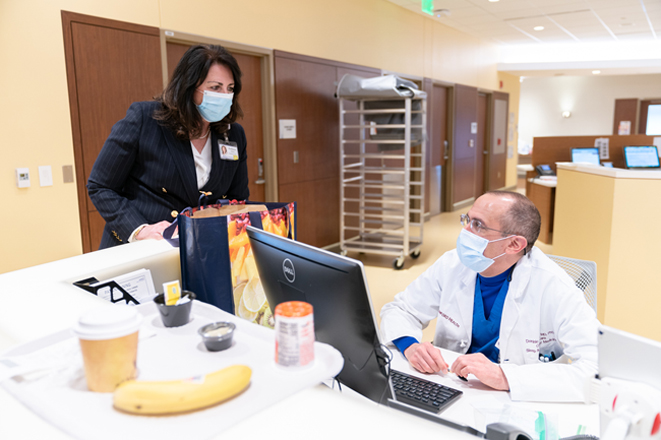As the state”™s hospitals begin what they hope is a return to normalcy, the collateral damage caused by COVID-19 is still being assessed.
The numbers are indeed stark: As of this writing, there are more than 40,000 positive cases and 3,500 deaths in the state, with Fairfield County accounting for over a third of both totals.
In a new report, the American Hospital Association (AHA) estimates that the financial impact to hospitals and health systems from March 1 to June 30 will be $202.6 billion. Connecticut”™s hospitals are looking at a loss of at least $1.5 billion this fiscal year, driven both by the costs of fighting tirelessly against the disease and the temporary elimination of elective surgeries ”” procedures that can account for 50% to 80% of a given facility”™s revenue.
“The fight against this virus has created the greatest financial crisis in history for hospitals and health systems,” AHA President and CEO Rick Pollack. “While we appreciate the support and resources from Congress and the (Trump) administration, many hospitals are still on the brink.”
One of the state”™s hardest hit hospitals has been Stamford Health. “Like everyone else, we shut down all ambulatory operations and surgeries, which are really the life blood of hospitals,” said its president, Kathy Silard.

Stamford Health lost about $11 million March and estimates losses of $27 million in both April and May, she said. “We”™ll have another loss in June, but probably not as deep.”
Partly as a result, the hospital furloughed 375 employees in early May; many of those worked in areas that were closed or experienced a significant reduction in operations due to social distancing requirements and/or public health mandates and guidelines specific to health systems.
“We”™re not anticipating more furloughs at this time,” Silard said. “We believe our employees are our most precious resource and our goal is to get them back as quickly as possible.”
Financial help has come from the federal CARES Act”™s injection of $175 billion into the nation”™s health care facilities, followed by another $75 billion; a promised $100 billion in the so-called HEROES Act passed by the U.S. House of Representatives last week faces very long odds in the Senate.
Either way, “We need more financial support,” Silard said.
In the meantime, there is encouraging news. Although Stamford has long led the state in COVID cases, becoming the first Connecticut municipality to top 3,000 last week, the hospital has been seeing a steady reduction in hospitalizations for the past several weeks, from a high of 149 coronavirus patients on April 14 to less than 50 now.
Silard said the hospital has treated over 550 COVID patients and discharged about 400. “We”™re definitely seeing a flattening of the curve, and social distancing is why.”
She also credited the alliance formed by the CEOs of the state”™s hospital systems, which allowed for personnel and equipment to be shared, and the Connecticut National Guard, which on April 4 helped recommission the Wheeler Building on Stamford Hospital”™s Bennett Medical Center campus as an alternative care site. Medical personnel belonging to the U.S. Army”™s Urban Augmentation Medical Task Forces then arrived to work alongside hospital staff in the treatment of patients. The military departed on May 19.
The day before, at Greenwich Hospital, the nonaffiliated Yale New Haven Health celebrated the discharge of its 2,500th recovered COVID-19 patient.
Stamford Health has also been at the forefront of coronavirus testing, being one of the first hospitals in the state to receive Abbott Laboratories”™ polymerase chain reaction technology, which amplifies a single piece (or few copies of a piece) of DNA to diagnose a patient in about 15 minutes.
It is also investigating the latest developments in antigen testing and plasma therapy, Silard said; the latter has been used for more than 60 patients and had “terrific results.”
She further noted that emergency department visits by non-coronavirus patients ”” the absence of which she had noted with concern last month ”” are finally trending up again.
“There had been a great deal of concern about coming to the hospital,” Silard said. “Patients were afraid they were going to catch COVID-19. But we always isolated them from non-COVID patients. We have COVID-free operating rooms, and we”™ve kept our entire cardio area free from any COVID-positive cases.
“There was also a perception that you should stay away from health care facilities so we could focus on treating our COVID-positive patients,” she continued. “That was true of elective surgeries. But it”™s always a bad decision to postpone or neglect care that”™s truly needed.”




















